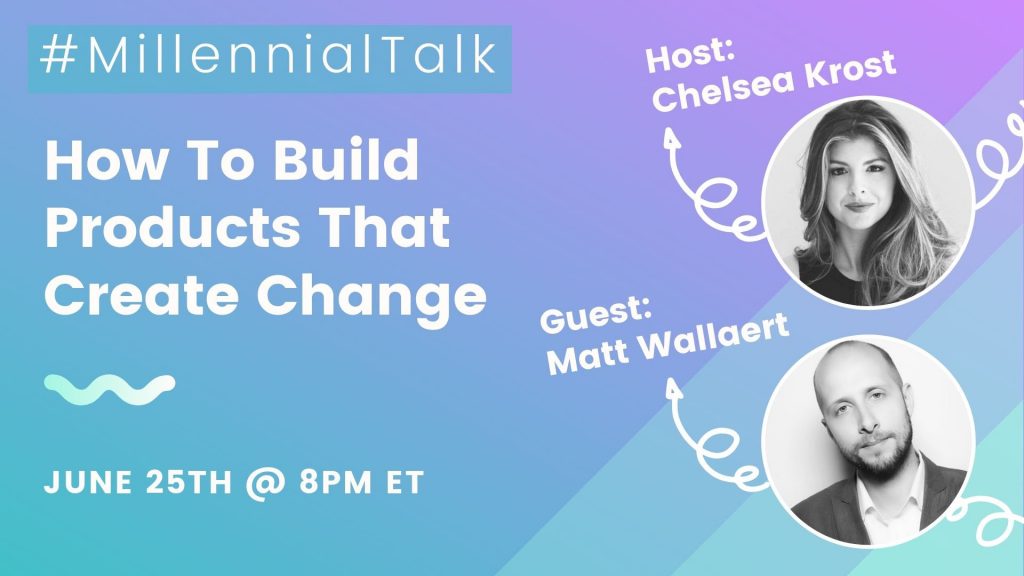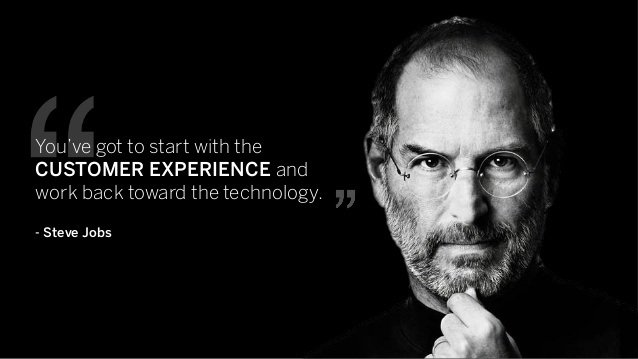
SHARE
READ & LEAVE A COMMENT

So, you’re in product creation mode, but where do you start? Well, according to behavioral scientist and entrepreneur, Matt Wallaert, you start at the end! Hmmm, what exactly does that mean? Well, it means putting behavioral change at the forefront of your creation process. Often entrepreneurs and companies focus too much on creating and not enough on what they actually want consumers to do with the product or service!
In this week’s #MillennialTalk chat, we discussed the in’s & out’s of building products that create change based off of Matt’s new book, “Start at the End, How to Build Products That Create Change”. From changing your own behavior, recognizing which product best represents your identity, to how successful companies look at product creation- we covered it all.
Stop creating products, start producing C H A N G E ????















Ready for more? Check out our #Millennialtalk RECAP
SHARE
READ & LEAVE A COMMENT